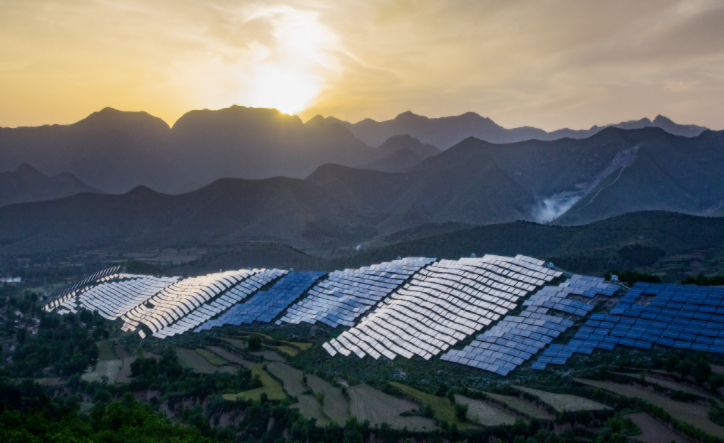GCL Poly Energy Holdings’ 2018 revenue reached RMB 20,565 million ($3 billion), representing a 13.6% decrease compared to the previous year. The company also posted a gross profit of RMB 5,032.9 million and a net loss of RMB 458.4 million — year-on-year drops of 38.6% and 120.2%, respectively.
The company’s net loss is mainly attributable to an impairment loss on property, plant and equipment, which the company notes is the result of losses incurred at several subsidiaries within the solar materials segment. The falling revenue and gross profit are attributed primarily to the PV market downturn in the wake of China’s 31/5 announcement, with the Chinese government’s delay in making subsidy payments and the U.S.-China trade dispute also cited as contributing factors.
Despite the dip in the company’s results compared to previous years, it remains convinced of its long-term prospects in the PV industry. “In 2018, the PV industry fluctuated wildly and entered a transient downturn… PV power generation will continue to enjoy enormous room for development,” reads a statement from Chairman Zhu Gongshan. “GCL-Poly will continue to upgrade its existing technologies, enhance efficiency, reduce costs, launch products with higher cost performance that meet market demand, improve its return on assets and profitability, seize grid-parity and bring green energy to every household.”
Poly and wafer
The group’s solar materials segment was its worst performer in 2018, responsible for a loss of RMB 1,011.4 million.
The group’s factory in Xuzhou, China, maintained its polysilicon capacity at 70,000 MT, and produced 61,785 MT during 2018 — a decrease of 17.4% on 2017’s 74,818 MT. The group’s total wafer capacity stood at 30 GW at the end of 2018, with 24.18 GW produced over the year — a 1.2% increase over 2017.
Thanks to falling prices, the sales volumes for both products rose. GCL Poly sold 20,041 MT of polysilicon – a 173.9% increase on 2017 — and 24,761 MW of wafers, up 5.7% on the previous year. Average selling prices fell to RMB 78.8 ($11.73)/kg for polysilicon and RMB 0.570 ($0.087)/W for wafers.
Meanwhile, GCL-Poly’s new polysilicon factory came online in Western China’s Xinjiang region in the fourth quarter of 2018, and is expected to reach 50,000 MT of its total 60,000 MT capacity in the first quarter of 2019. This appears to be where the company is placing much of its hope for the future, as the lower energy costs in the region have helped to further reduce the cost of energy-intensive polysilicon production: “The Xinjiang base will become a key driver and profit source of the company,” reads a second statement from the company’s CEO. “It’s highly competitive products will replace imported ones and set new standards for the global polysilicon industry.”
New energy
GCL-Poly’s new energy business segment in the development, ownership, and operation of solar plants — the operations of its subsidiary, GCL New Energy Holdings, roughly 62% of which is owned by GCL-Poly — brought in RMB 708 million ($105 million) in profit.
The company now owns and operates a total capacity of 7.3 GW across 221 grid-connected projects. The bulk of these are in China, aside from two projects totaling 134 MW in the United States, and one 4 MW project in Japan.
This content is protected by copyright and may not be reused. If you want to cooperate with us and would like to reuse some of our content, please contact: editors@pv-magazine.com.




By submitting this form you agree to pv magazine using your data for the purposes of publishing your comment.
Your personal data will only be disclosed or otherwise transmitted to third parties for the purposes of spam filtering or if this is necessary for technical maintenance of the website. Any other transfer to third parties will not take place unless this is justified on the basis of applicable data protection regulations or if pv magazine is legally obliged to do so.
You may revoke this consent at any time with effect for the future, in which case your personal data will be deleted immediately. Otherwise, your data will be deleted if pv magazine has processed your request or the purpose of data storage is fulfilled.
Further information on data privacy can be found in our Data Protection Policy.